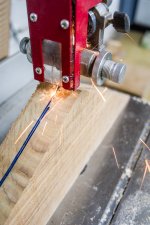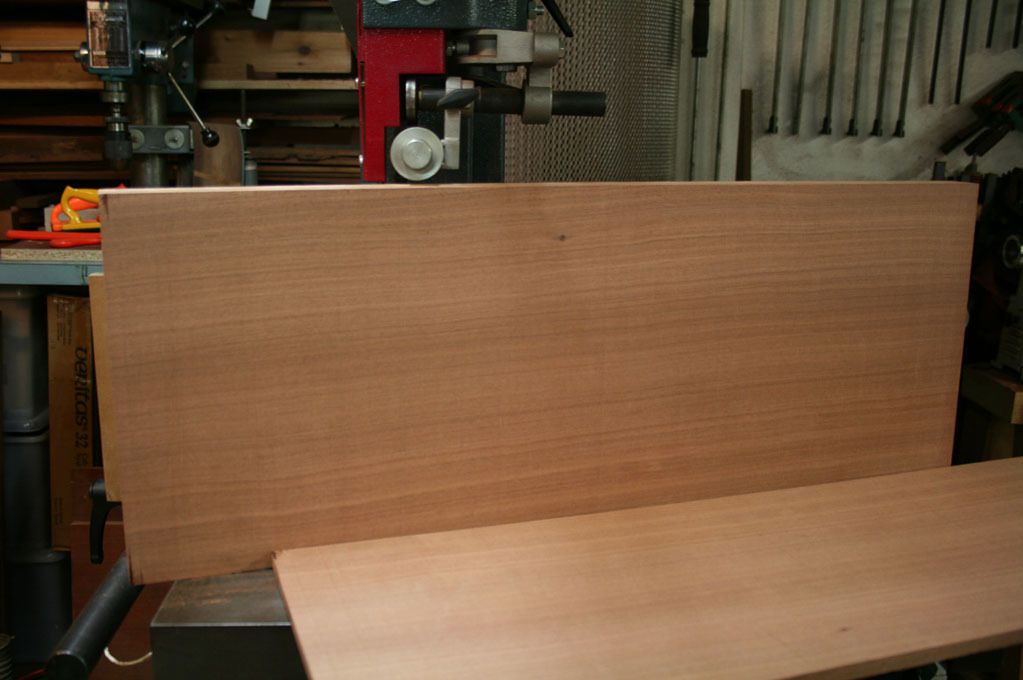billberner
Member
- Joined
- Dec 31, 2015
- Messages
- 15
I had seen in other threads notes from people saying they had a Hammer N4400 and liked it. I'm hoping I can get some help from one of you. I bought one and have been very disappointed with it.
I mainly bought it to resaw lumber, and the first problem I had was that with a 3/4" blade and the tracking set the way the manual instructs (with the blade teeth hanging over the left side of the crown), the blade wandered horribly and I mostly just wasted wood. I had read advice of someone who had the problem and fixed by resetting tracking so the blade was centered in the crown. That worked much better, but when I called Felder customer support, they were pretty adamant I should reset the tracking as instructed in the manual. If anyone's either had the machine work with the tracking set as described in the manual or set the tracking to the center of the crown and not had issues, I'd like to hear it.
The second issue I notice is that the fence is not perpendicular to the table, so all the cuts are wider on the top than on the bottom, and I can't see any easy way to adjust that.
Lastly, I have the standard guides, not the ceramic guides. Felder suggested maybe I buy the ceramic guides if I have problems with the blade wandering. I don't really feel like throwing more money at the problem before I've tried everything else.
Thanks in advance for any advice.
I mainly bought it to resaw lumber, and the first problem I had was that with a 3/4" blade and the tracking set the way the manual instructs (with the blade teeth hanging over the left side of the crown), the blade wandered horribly and I mostly just wasted wood. I had read advice of someone who had the problem and fixed by resetting tracking so the blade was centered in the crown. That worked much better, but when I called Felder customer support, they were pretty adamant I should reset the tracking as instructed in the manual. If anyone's either had the machine work with the tracking set as described in the manual or set the tracking to the center of the crown and not had issues, I'd like to hear it.
The second issue I notice is that the fence is not perpendicular to the table, so all the cuts are wider on the top than on the bottom, and I can't see any easy way to adjust that.
Lastly, I have the standard guides, not the ceramic guides. Felder suggested maybe I buy the ceramic guides if I have problems with the blade wandering. I don't really feel like throwing more money at the problem before I've tried everything else.
Thanks in advance for any advice.






